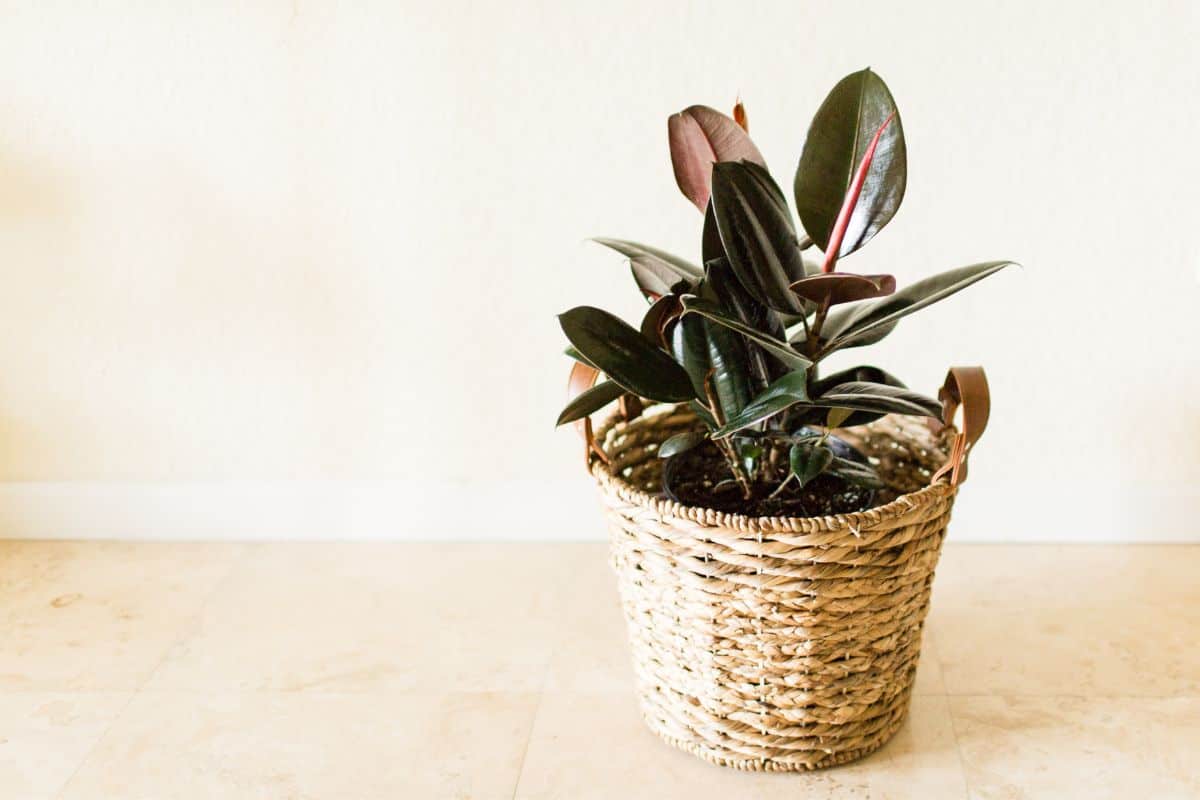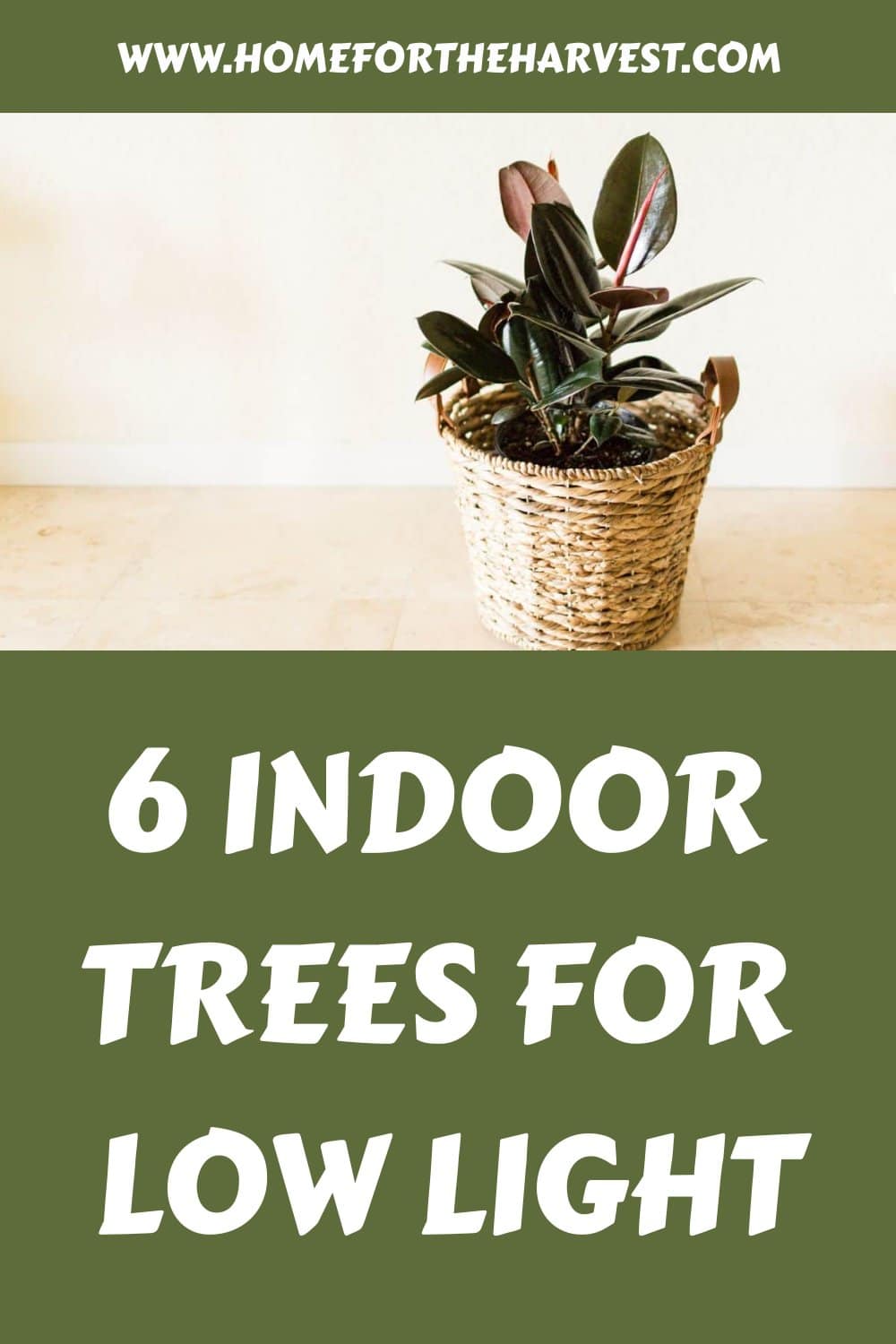We all have those slightly dull corners in the house that are begging to be brightened up with a plant. A touch of greenery can bring life to a dark corner, but those dark corners aren’t always the best place for plants!
The good news is that if you want a statement tree to enliven your living room, then you have plenty of options to choose from. There are many types of indoor tree that can survive and even thrive in rooms with low light, and require little work from the gardener!
We’ve also listed some of the worst trees for low light, including some surprising sun worshipers! Here is the guide for 6 Indoor trees that enjoy low light (and 6 that much prefer the sun)
6 Indoor trees for rooms with low light
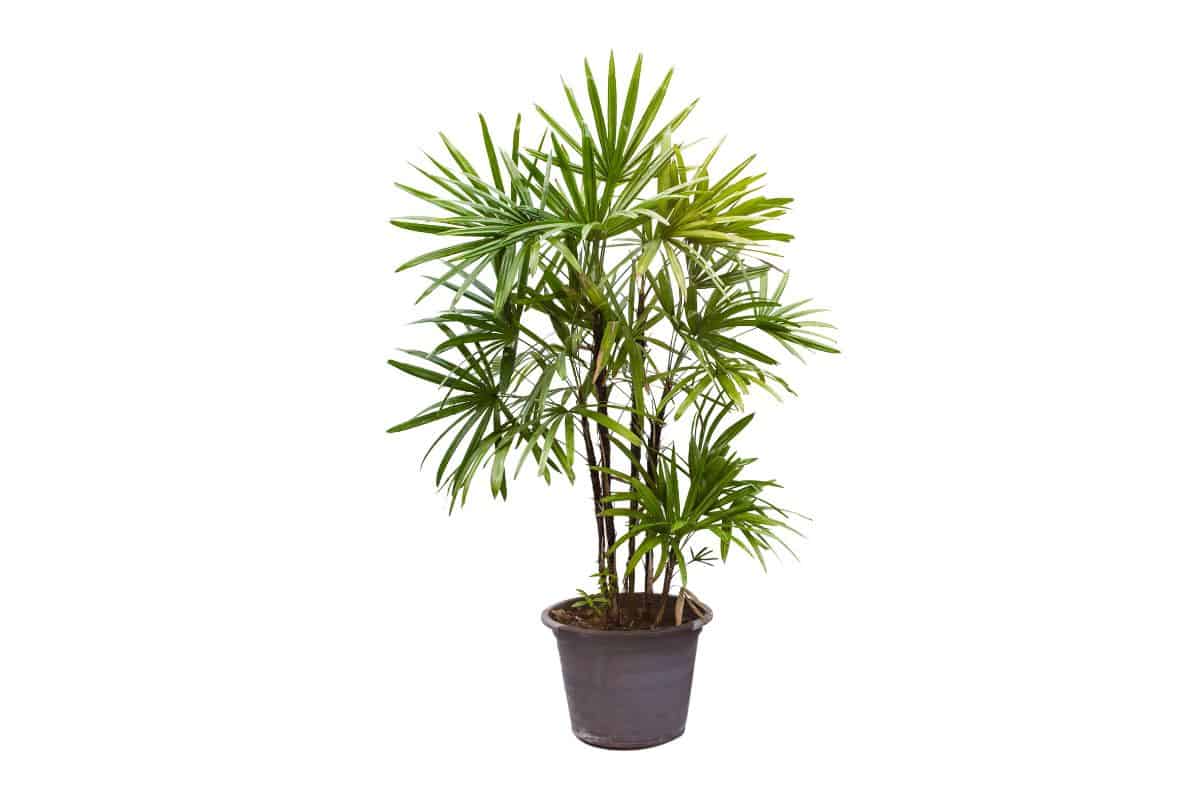
1. Lady palm
Lady Palm is one of the best trees for indoor growth, thanks to a riot of thick leaves and a tolerance of low light. It needs good care to reach its full potential, but can still thrive out of the sunlight.
Lady palm (Rhapis excelsa) is thick with green and glossy leaves that give a tropical appeal to indoor spaces. But the slow growth rate of the lady palm means you can prevent it from taking up too much space in your house. The lady palm can grow quite tall, but by keeping it in a small pot, you can contain growth.
There are three types of lady palm that are most commonly used indoors: Thailand, Miniature, and Large. For a room with low light, large lady palm performs the best. They thrive with bright, indirect sunlight, but can live in darker corners.
Lady palm needs to be watered more frequently in the summer, and left to dry out between watering in the winter. With just a few snips to prune any dead leaves, the lady palm is easy to keep looking beautiful!
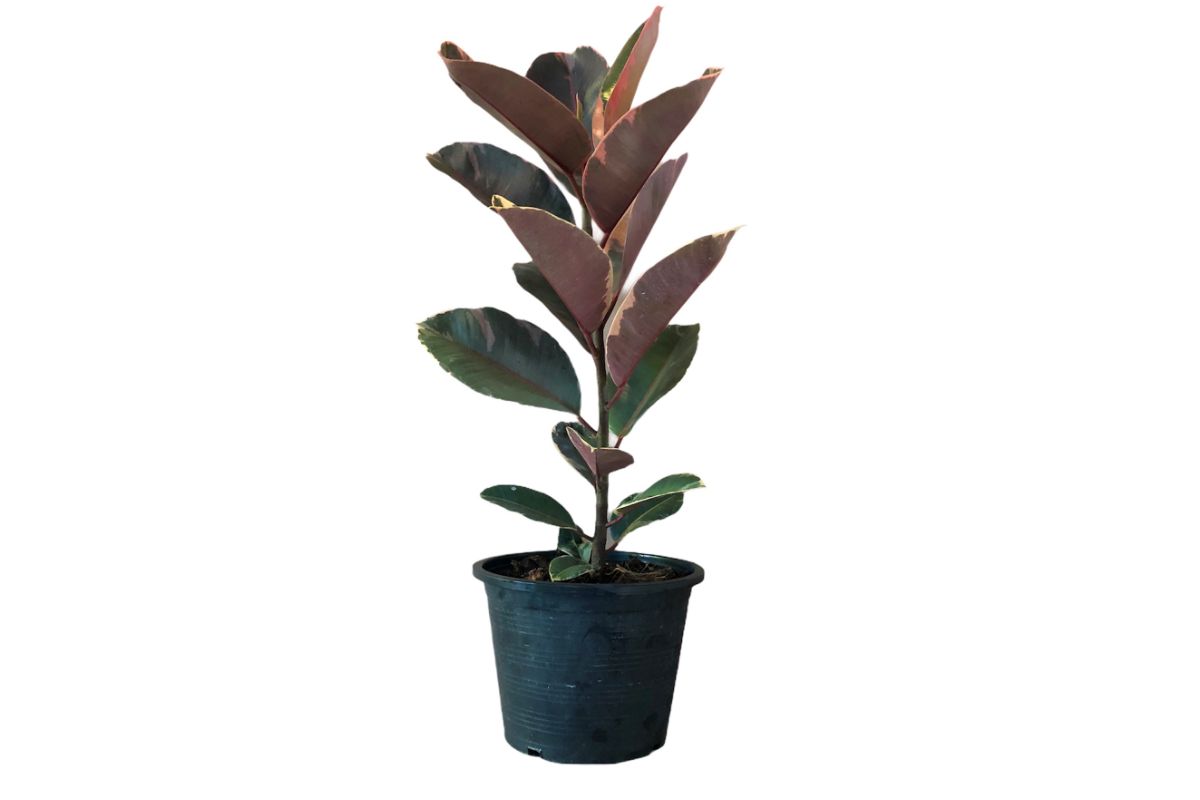
2. Rubber plant
Rubber plant is an enduring favorite of indoor gardeners. Easy to care for and versatile, many homes can benefit from adding a rubber plant!
The rubber plant (Ficus elastica) has an easy-going temperament. At home, the biggest issue tends to be over- or under watering. The soil should be kept moist, but not soggy, and it’s better to underwater than overwater.
Aim to water roughly every 5 to 7 days, keeping the rubber plant in bright, indirect sunlight, for optimal growth. But the rubber plant is pretty forgiving, so you don’t need to stress about the details.
Another reason for the popularity of the rubber plant is the variety of coloring available. Those broad and waxy leaves can be all shades of green, and different varieties come flecked with creams, yellows, and even pinks.
If you want a bigger plant, we recommend starting with one already established. In low light, the rubber plant can grow slowly.
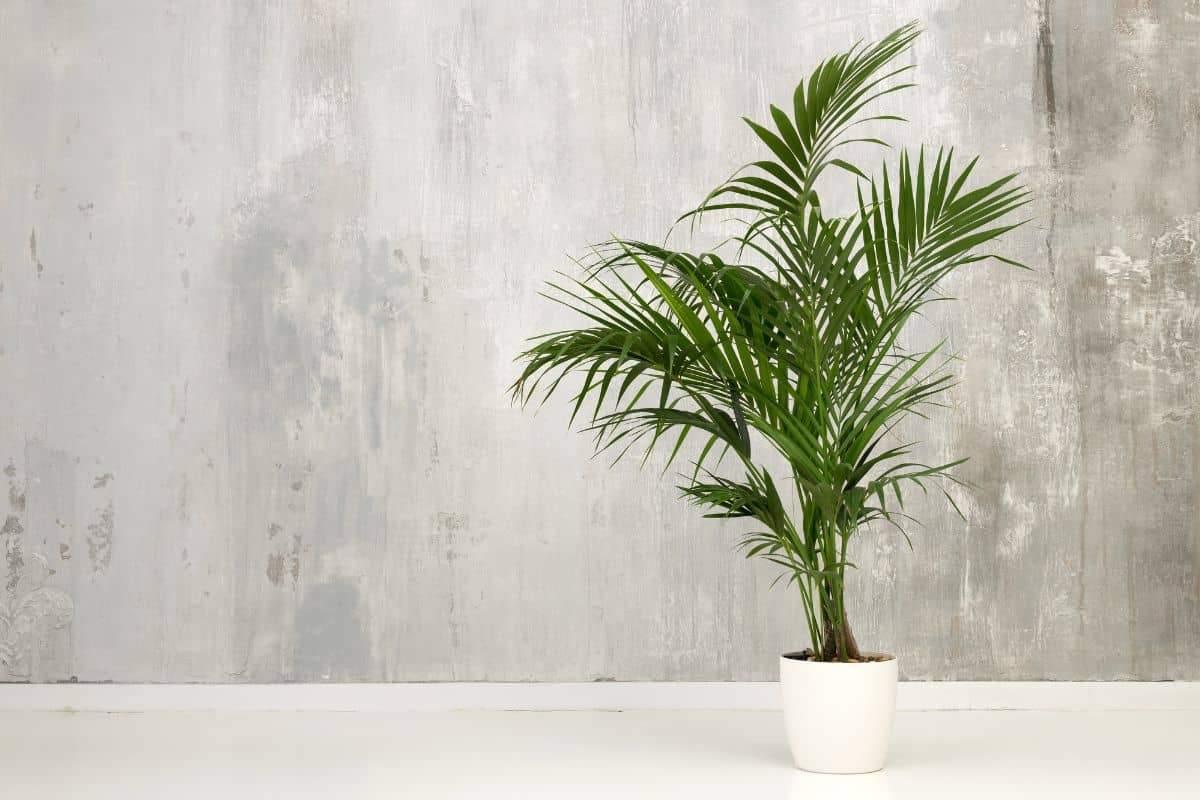
3. Kentia palm tree
The kentia palm has long been a popular choice for indoor use, and it does well in both low light and low humidity. It can also forgive a little bit of neglect and rough handling, making it a good choice for new gardeners.
Kentia palm (Howea forsteriana) has multiple stems growing close together, with long and thin leaves arching at the top. The tiered effect of the stems gives the kentia palm a full appearance, but without taking up much space.
Kentia palm grows slowly in low light, so it’s best to buy a plant that’s already the size you want it to be. Native to the South Pacific, kentia palm enjoys frequent watering, especially in the warmer months.
During the summer, it should be watered regularly, but in winter, wait for the potting mix to dry. Make sure to keep your kentia palm away from direct sunlight, as bright light can burn the delicate leaves.
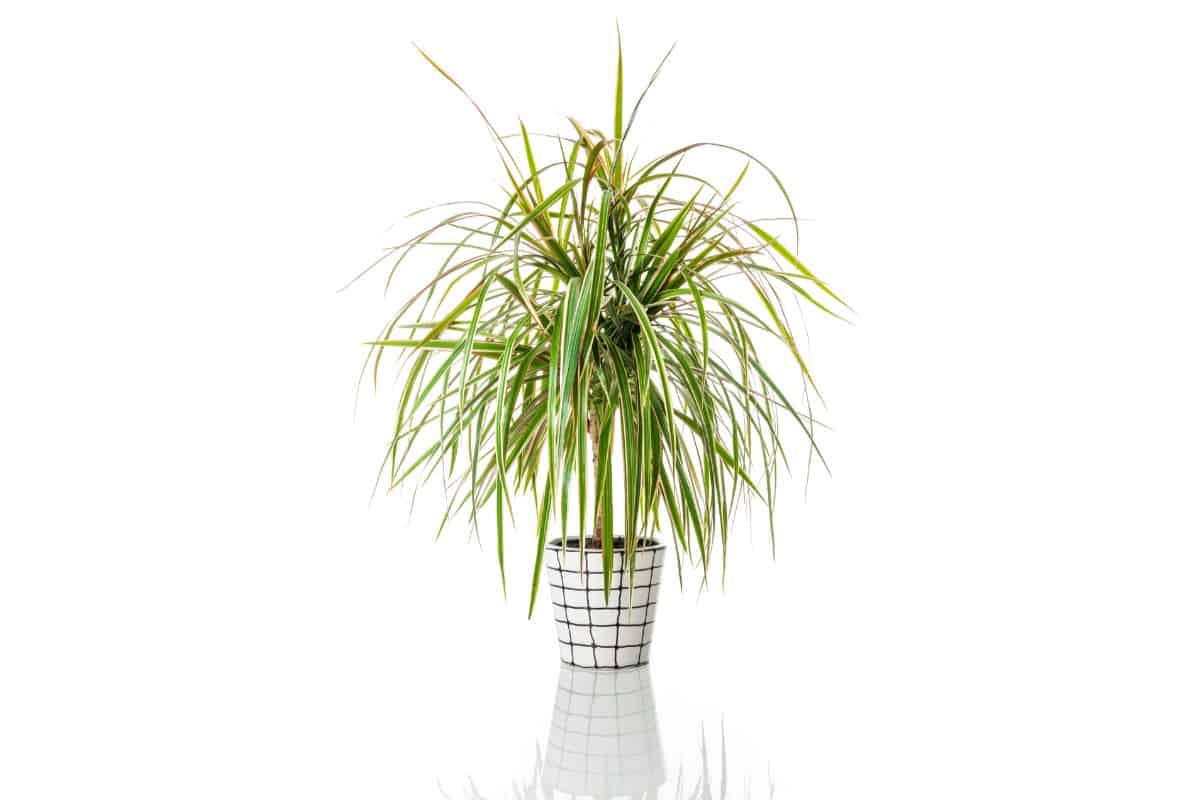
4. Madagascar dragon tree
The Madagascar dragon tree has a stiff and sturdy trunk, a riot of green and spiky leaves, and a reputation for easy handling. Even in low light, the Madagascar dragon tree can prosper.
Dragon trees get their name from the dracaena draco, which bleeds a red resin when cut open. But it could also be a reference to how strong and hardy these plants are!
The Madagascar dragon tree (Dracaena marginata) makes a great choice for first time gardeners. The Madagascar dragon tree prefers to be kept out of direct sunlight, and the soil should be moist, but not damp.
Regular misting is advised, to keep the humid conditions that the dragon tree loves. In summer, open a window near your dragon tree, so it can enjoy some fresh air.
We love the Madagascar dragon tree, but it isn’t suitable for households with pets! But in a pet free home, this tree does an excellent job at keeping the air clean.
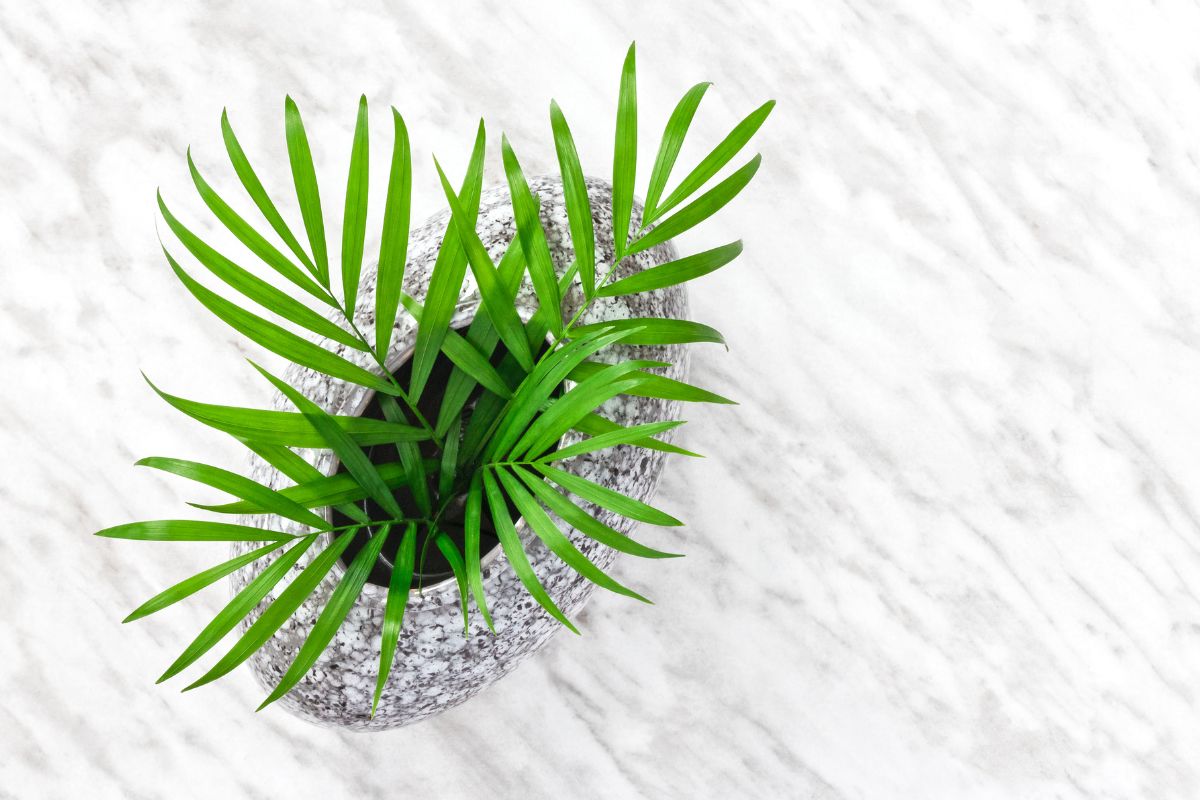
5. Parlor palm
The parlor palm is named for its love of indoor spaces, as it was once the prized addition to a Victorian-era parlor. Nowadays, parlor palms are still impressive houseplants, thanks to their exciting tropical appearance.
Parlor palm (Chamaedorea elegans) can thrive in very low light conditions, which is why you’ll often spot this tree decorating office spaces. It doesn’t require the humidity of other palms, and only needs to be watered every 1 to 2 weeks.
With indirect sunlight and higher humidity levels, the parlor palm can grow to around 10 feet. Indoors, they tend to be a little smaller. In a low-light room, your parlor palm isn’t likely to stretch much higher than 4 feet.
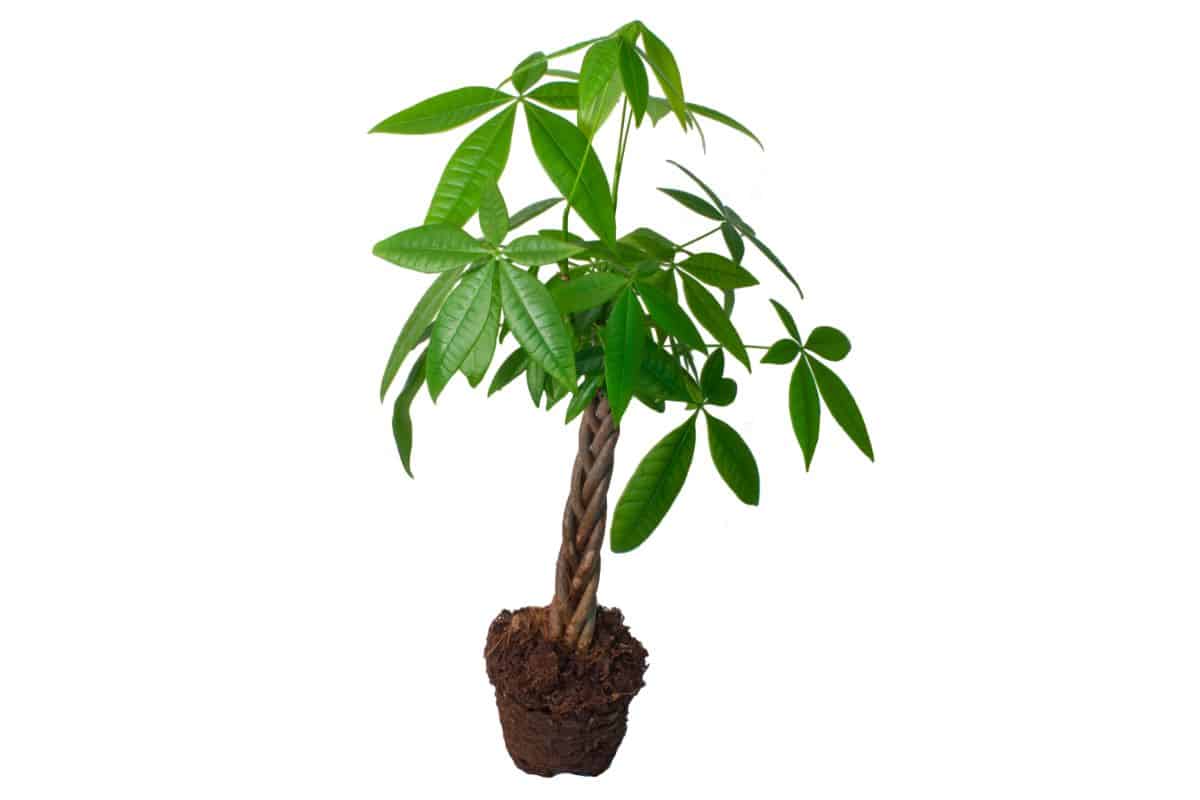
6. Money tree
With a braided trunk and five-lobed leaves, the money tree is a striking addition to the home. The money tree needs a lot of water, but it can grow in even low light.
Money trees (Pachira aquatica) are said to bring good luck to a home. The thin trunks are good for braiding, and the tree is often sold in braided form. Over time, the trunk will harden to give a distinctive appeal. Combined with the showy and elaborate leaves, the money tree can be a real showstopper in a quiet room.
Money trees typically grow in damp swamps and wetlands. They need to be kept consistently moist in the home, but avoid leaving your money tree in standing water. Instead, use misters or a humidifier to keep your money tree happy.
References
- Iowa State University: Yard and Garden: Handling Indoor Plants and Trees during Winter
- Clemson University: Indoor Plants
- University of Florida: Caring for house plants


